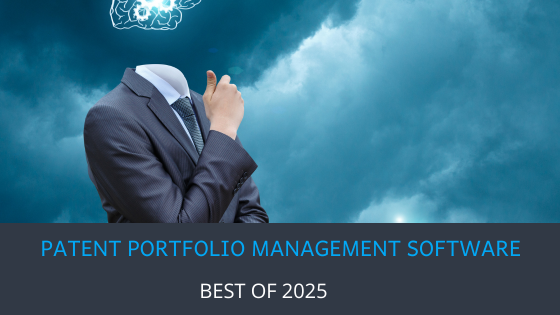
Idea Management
Latest News and Articles
Menu

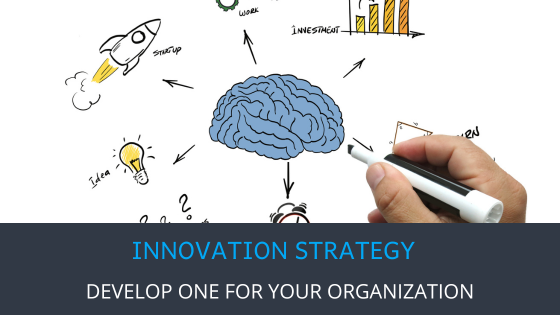
Innovation Strategy: Develop One For Your Organization
February 27, 2025
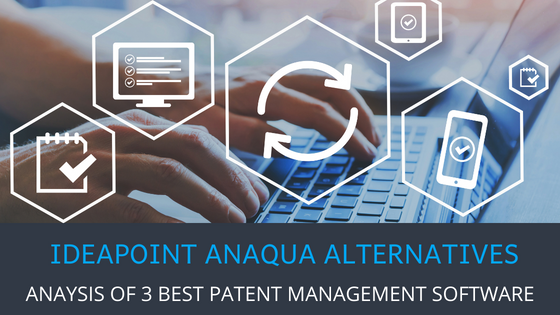
3 ideaPoint Anaqua Competitors to Try in 2025
February 21, 2025

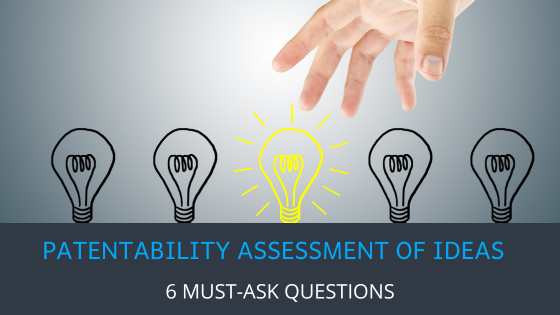

5 Benefits Patent Management Software Must Deliver
January 21, 2025


7 Must-Explore Planview IdeaPlace Alternatives in 2025
December 31, 2024
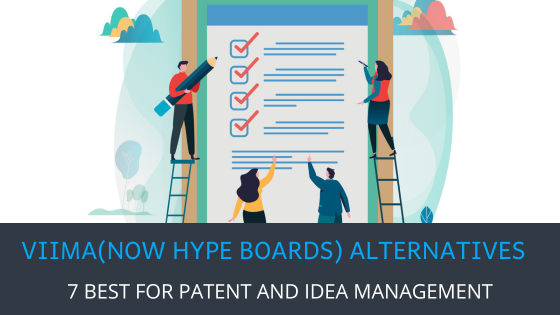
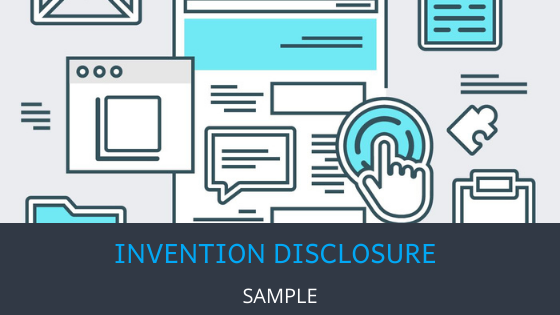
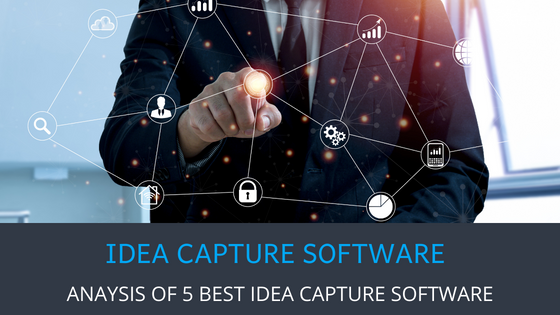

5 Best Free Idea Sharing Platforms to Try in 2025
May 18, 2024
Use Cases
Innovation Toolkit
Learn Innovation Management
Standalone Tools
© 2025 Triangle IP, Inc. | All Rights Reserved.
